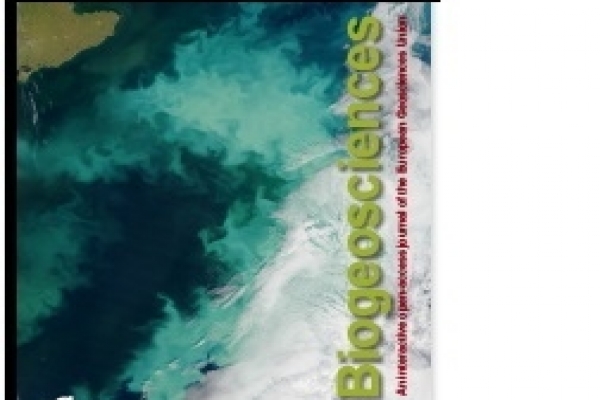News
Influence of climate variability, fire and phosphorus limitation on vegetation structure and dynamics of the Amazon–Cerrado border
Published inClimate, fire and soil nutrient limitation are important elements that affect vegetation dynamics in areas of the forest–savanna transition. In this paper, we use the dynamic vegetation model INLAND to evaluate the influence of interannual climate variability, fire and phosphorus (P) limitation on Amazon–Cerrado transitional vegetation structure and dynamics. We assess how each environmental factor affects net primary production, leaf area index and aboveground biomass (AGB), and compare the AGB simulations to an observed AGB map. We used two climate data sets (monthly average climate for 1961–1990 and interannual climate variability for 1948–2008), two data sets of total soil P content (one based on regional field measurements and one based on global data), and the INLAND fire module. Our results show that the inclusion of interannual climate variability, P limitation and fire occurrence each contribute to simulating vegetation types that more closely match observations. These effects are spatially heterogeneous and synergistic. In terms of magnitude, the effect of fire is strongest and is the main driver of vegetation changes along the transition. Phosphorus limitation, in turn, has a stronger effect on transitional ecosystem dynamics than interannual climate variability does. Overall, INLAND typically simulates more than 80 % of the AGB variability in the transition zone. However, the AGB in many places is clearly not well simulated, indicating that important soil and physiological factors in the Amazon–Cerrado border region, such as lithology, water table depth, carbon allocation strategies and mortality rates, still need to be included in the model.


